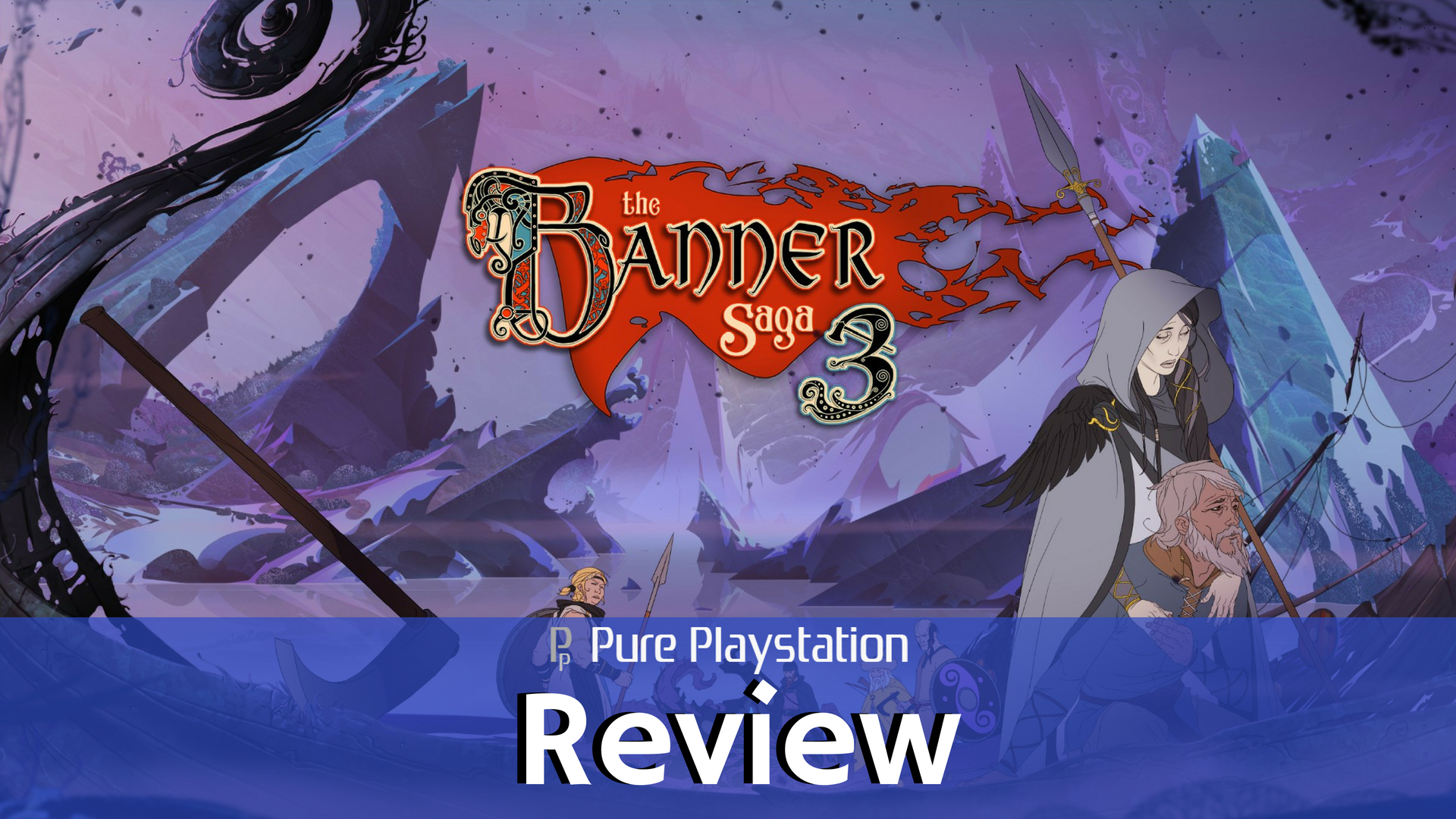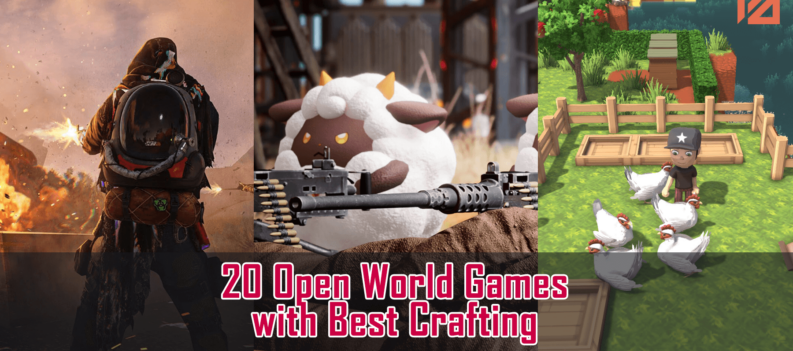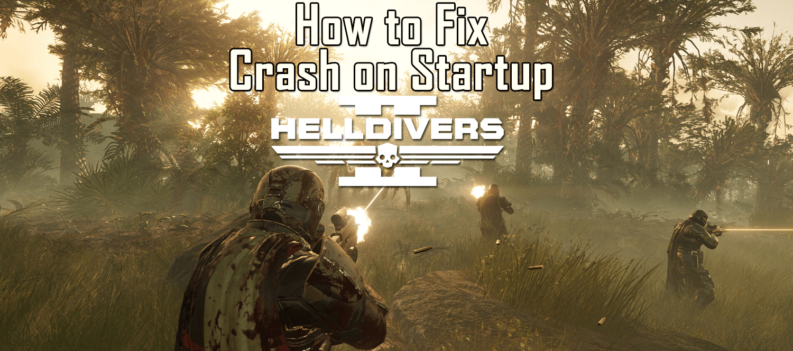Stepping into the well-worn boots of The Banner Saga 3’s band of heroes I felt like an intruder, interjecting myself into their conflict at the climax of their journey. Despite having not played either of the previous entries in this beloved trilogy, I found myself instantaneously engrossed in the plight of the Humans, Varl and Horseborn against the encroaching darkness and the tide of arcane evils it brought with it.
A brief recap movie offered some broad context as I found myself leading a caravan through the capital city of Abberang. However, with such a vast cast and such a complex network of relationships between them all I thought I may be overwhelmed.
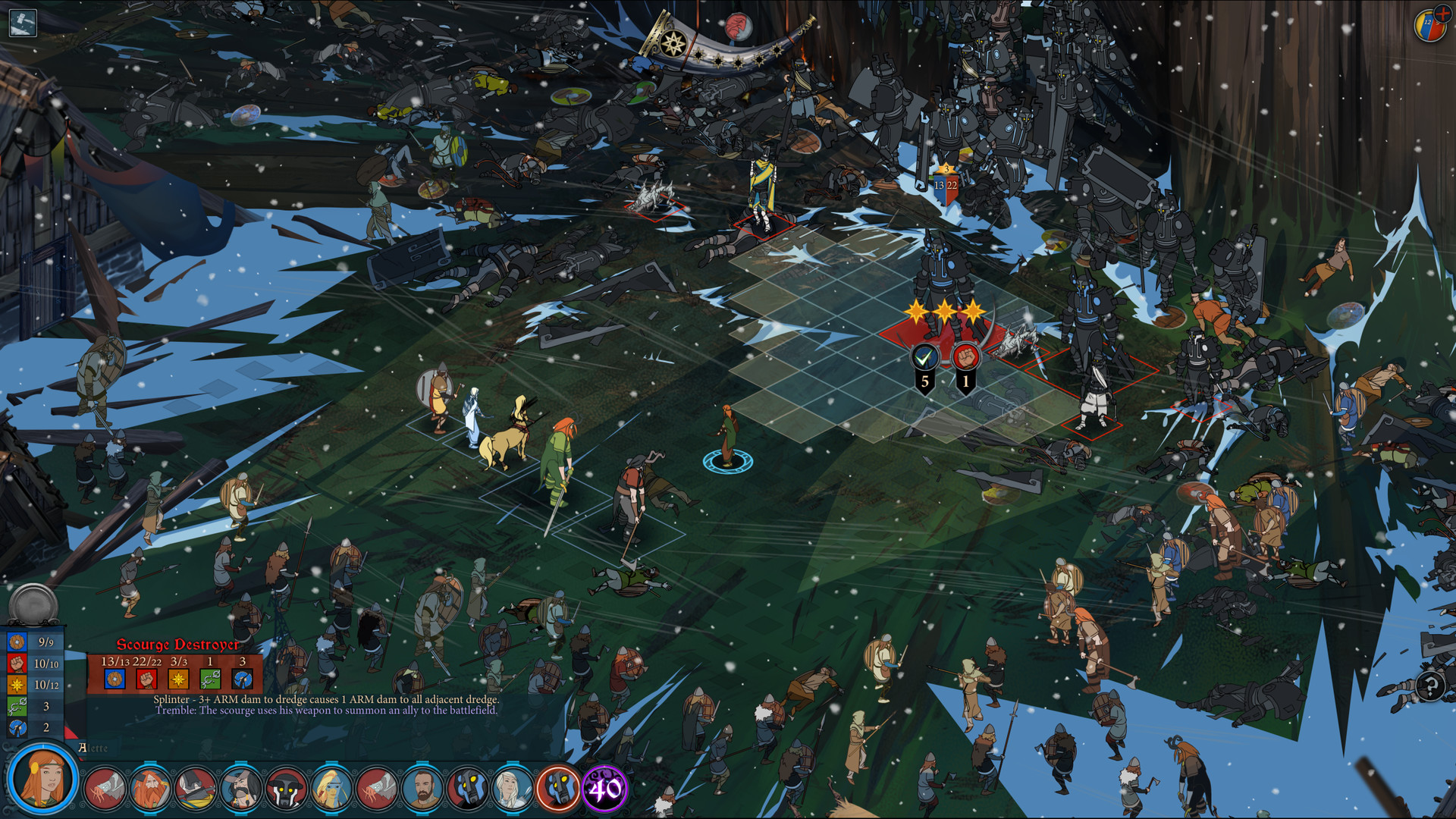
It bears testament to the authenticity of these characters and the quality of the writing of this intricately weaved tale that within the opening hour I was invested in my heroes and carefully considered the weight and ramifications of each decision.
I felt great accomplishment in the positive outcomes of good decisions, and equally great disappointment in the oft-times devastating ramifications of seemingly sound judgements. The Banner Saga’s grey morality and ambiguous decisions imbue the political tensions and desperate struggles of war with immense significance.
My successes and failures felt monumental, and characters like Folka, Oddleif and Apostate quickly became favourites, whether through personality, combat prowess or simply aesthetics. Much like The Witcher or Mass Effect series, you can import your save, carrying over decisions which effect this game’s world state, however there is also the choice to start anew with either Rook or Alette as your protagonist.
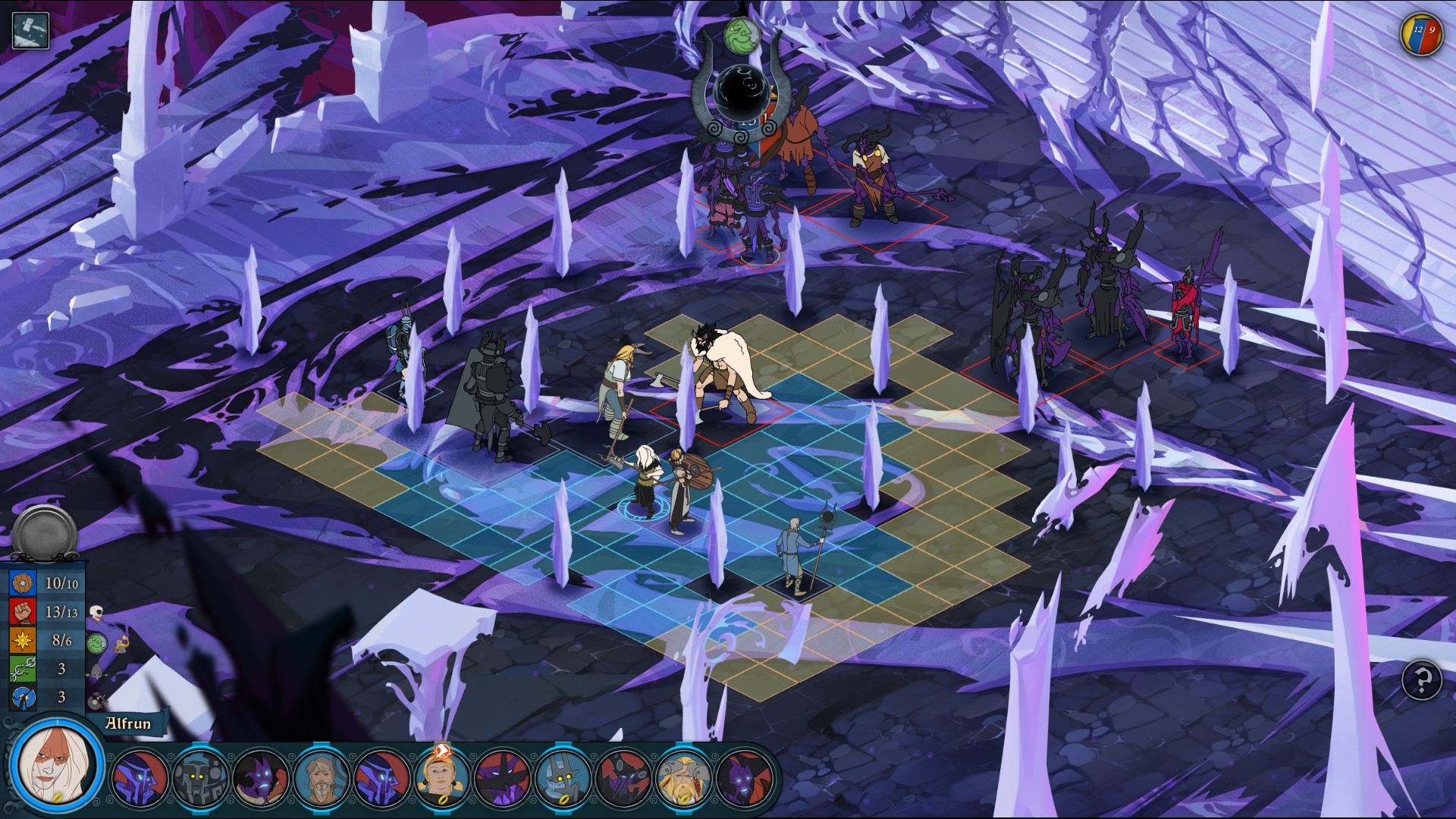
Although affecting for me, they clearly hold added impact for those who have been with these characters since their quest began. This level of meaningful choice and consequence make this game feel like a pure roleplaying experience.
The gameplay structure also adds to the feeling of more traditional roleplay with the majority of narrative being told via text, split between descriptive narration and character dialogue.
The text-based Dungeons & Dragons style scenario descriptions and decision-making, which could have been a limitation of this independently developed, Kickstartered game, thankfully work perfectly with the tone and pace of this tactical, boardgame-esque adventure, with the quality of writing making up for a lack of voice acting.
Sparsely implemented voice acting is used to great effect however in pivotal story points, with the gruff, Nordic rumble of the stoic Varl Iver being particularly effective in setting an atmosphere that is both epic and solemn.
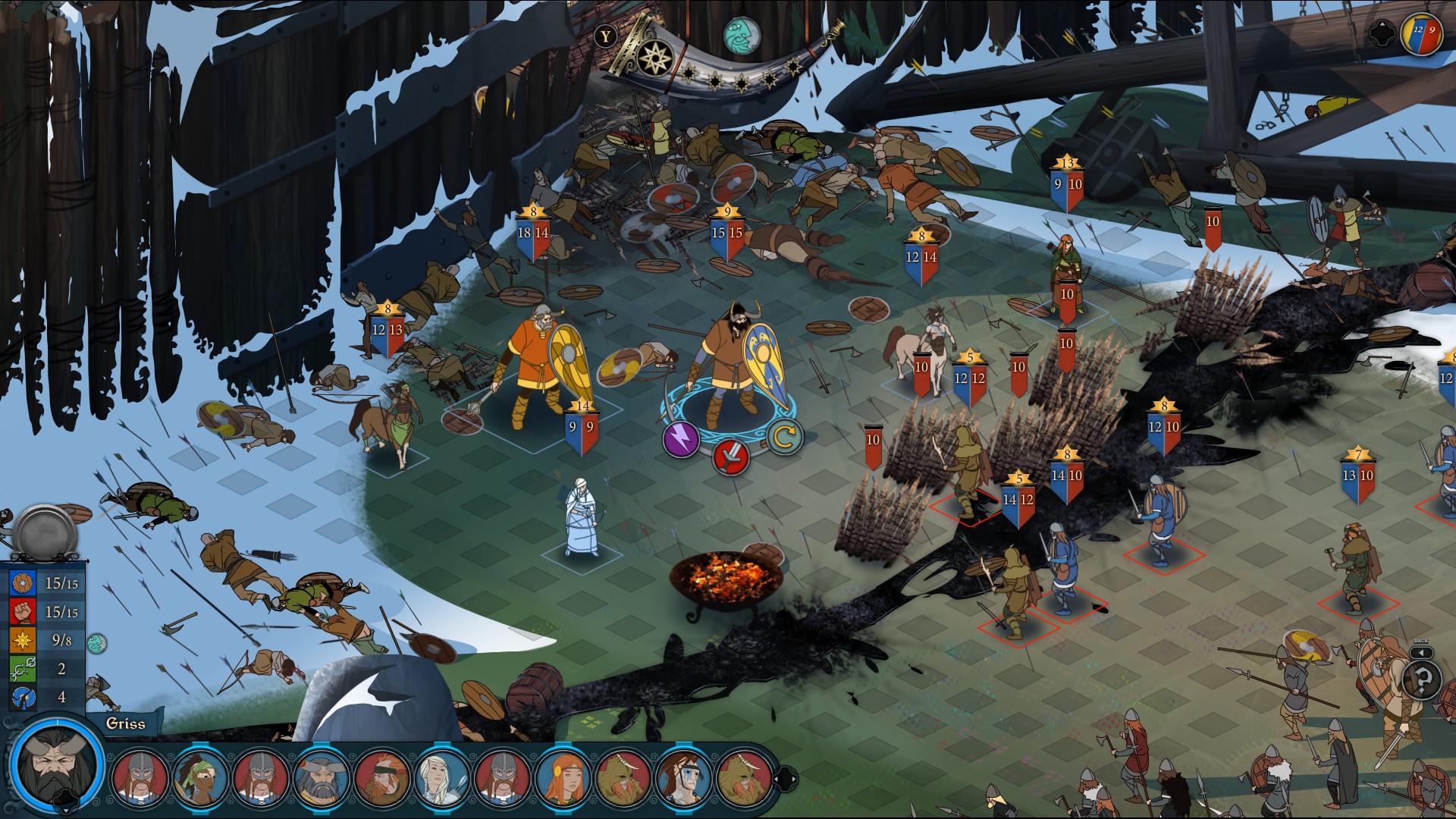
The Banner Saga 3’s quality extends beyond its narrative delivery. The stunning, 2D hand-rendered art style, which evokes the old Disney aesthetics of Eyvind Earle, is by far one of its most compelling assets.
Although the somewhat generic-fantasy appearance of many human and horseborn characters can feel a little flat, the daunting Varl, the fearsome Dredge and oddities like Apostate stand out as more creative imaginings of fantastical being, drawing from anime, sci-fi and other amalgamous artistic influences.
Environmental design however is where Banner Saga’s visual design shines. The bustling streets of the capital city of Arberrang are layered with dense houses, crowds of weary citizens and plumes of smoke from campfires and ruined buildings alike.
The contrasting aesthetic of The Strand, a Lovecraftian nether-realm from which the darkness has emanated, is equally bleak but sufficiently distinct in its colour palette and typography. Banner Saga’s brand of fantasy is familiar in its manifold influences, yet it feels fresh and original in its committed and fully realised vision.

As Arberrangs fortifications fall to the encroaching Dredge and your party of adventurers probe deeper into the evermore perilous recesses of The Strand, your actions at in the capital earn you days of progress for your expedition. This back and forth structure enforces a sense of struggle and consequence, connecting the two storylines under one mutual cause.
Austin Wintory’s grand, sweeping score provides a perfect accompaniment to the peaks and valleys of the game’s tempestuous events. The diverse score, which ranges from primitive, military percussion to ominous, otherworldly hums, reinforces the compelling atmosphere and punctuates the narrative sublimely.
Equally, the excellent audio design adds a meaty, tactile quality to combat. Foley effects make each arrow ping, shield-shattering axe blow and shimmering spell feel impactful, giving a gratifying response to your every action.
Banner Saga’s turn-based, tactical combat, alongside its engrossing narrative, is its other big draw. Laid out on a grid, each character takes their turn to move, attack and use abilities. I soon picked the rhythm and nuance of this system, which I found sufficiently accessible as a casual player of strategy games.
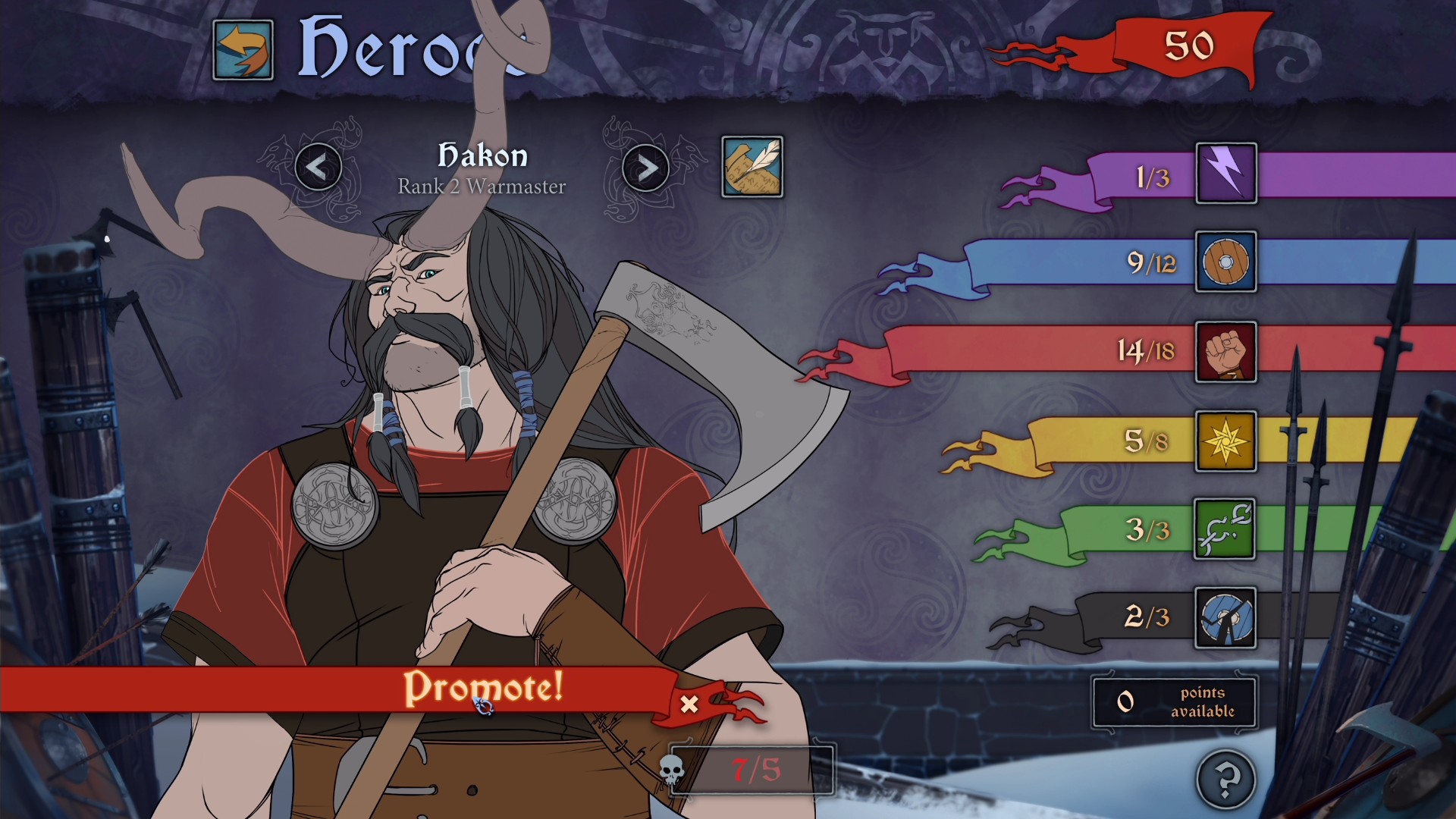
Party management and character skill development is also simple and efficient without feeling overly shallow, thanks to well-designed UI and a streamlined set of attributes to pour points into.
With such a large cast of characters however I found several were neglected in favour of my preferred party members. With every character having access to the same set of skills I found myself distributing points without much consideration, often into the same areas of skill. This however may be my own shortcoming due to a lack of knowledge of The Banner Saga’s character and combat intricacies.
As such, on several occasions I found myself having to assemble a party of lesser skilled warriors as, with my fallen heroes unable to rest, I was left with little choice other than to hope I could scrape by. Admittedly this did reflect the struggle of the game’s cataclysmic story and defeat in battle does not result in a fail state but simply means you garner fewer rewards, avoiding any hindrance to story pacing.
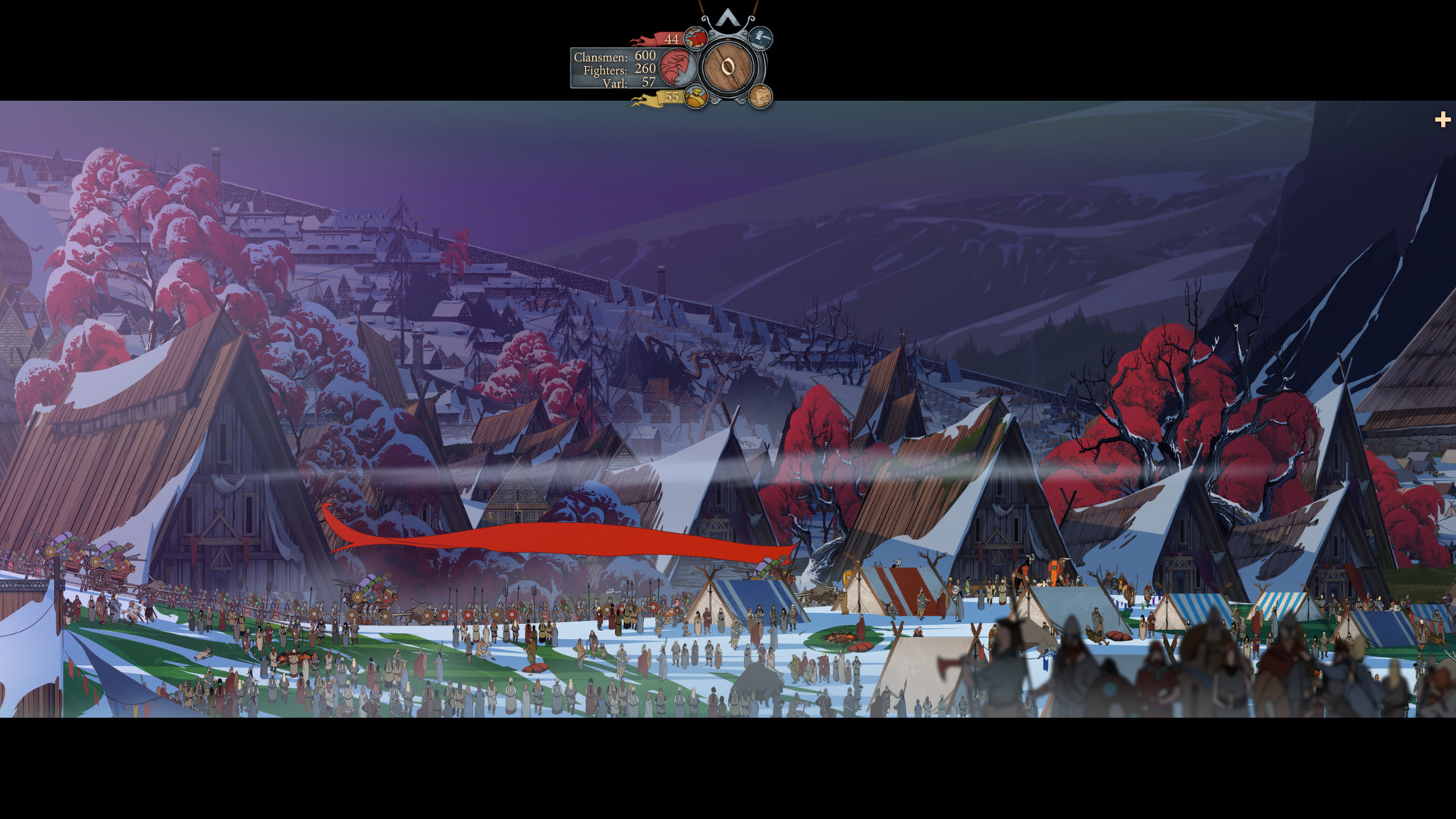
Although my poor party management and lackluster tactics were probably to blame, a frustrating loop of lost battles resulting in a weakened party which led to more lost battles did occur once or twice during my approximately 10 hour adventure.
The Banner Saga 3 as an isolated experience drew me in from the outset; its rich world, compelling narrative and meaningful decisions brought to life with satisfying, tactical combat and sublime art and audio direction makes for an expertly hand-crafted roleplaying adventure. As the conclusion to this trilogy, I am certain long-term fans will find this to be an apt conclusion. And newcomers, like myself, will undoubtedly be compelled to revisit the prior entries in this epic saga.
Review Disclaimer: This review was carried out using a copy of the game provided by the publisher. For more information, please read our Review Policy.
Reviewed using PS4 Slim.
